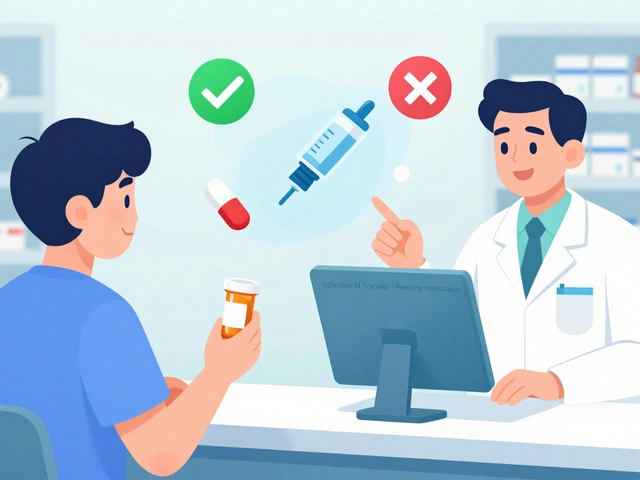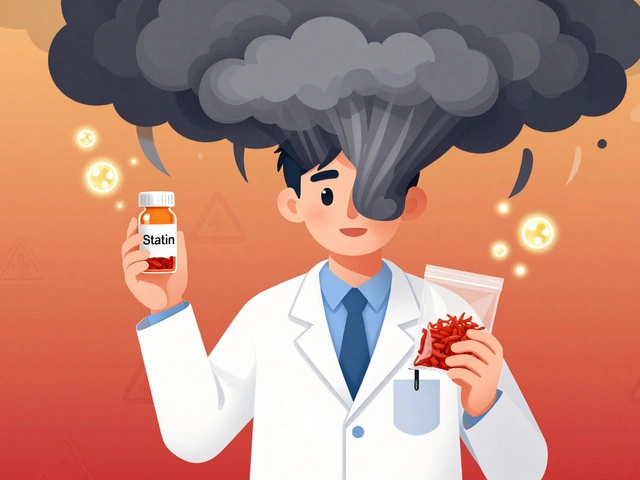Occupational Safety: Protecting Workers from Workplace Hazards
When we talk about occupational safety, the practices and regulations designed to protect workers from injury and illness on the job. Also known as workplace safety, it’s not just about helmets and signs—it’s about understanding how daily tasks, medications, and environmental factors can quietly harm health over time. Think about a nurse handling blood thinners like dabigatran, a factory worker lifting heavy boxes every shift, or a lab technician exposed to chemicals. These aren’t rare scenarios—they’re everyday realities. And without proper safeguards, what starts as a small risk can turn into a life-changing injury or chronic condition.
Workplace hazards, any condition or substance in the work environment that can cause harm come in many forms. Physical ones like slips, falls, or repetitive motion injuries are obvious. But what about chemical exposure? Or the hidden danger of medication errors? A pharmacist misreading a label, a nurse mixing drugs because of poor lighting, or a worker taking painkillers to push through fatigue—all these tie back to worker protection, the systems and behaviors that reduce exposure to harm. It’s not just about following rules. It’s about designing jobs so mistakes are harder to make. That’s why PPE, personal protective equipment like gloves, goggles, and respirators matters—but only if it’s the right type, used correctly, and not a substitute for better design.
Then there’s ergonomics, the science of fitting the job to the person. It’s not just about adjustable chairs. It’s about how often you reach, how much you bend, how long you stand on concrete. Poor ergonomics don’t cause instant pain—they cause tendonitis, carpal tunnel, and chronic back pain over years. And when workers are tired or in pain, they’re more likely to make mistakes with medication, tools, or machinery. That’s why occupational safety isn’t a checklist. It’s a culture. It’s asking: Does this job make sense for the human body? Are we giving people the time and tools to do it right?
You’ll find posts here that connect the dots between everyday work life and health risks. From how timing your meds affects alertness on the job, to why double dosing children’s medicine at home can mirror dangerous errors at work, to how governments push for safer drug handling through policy. These aren’t random stories. They’re real examples of how occupational safety touches every part of health—whether you’re on a hospital floor, a warehouse aisle, or managing prescriptions at home.
Many people take sedating antihistamines like Benadryl for allergies without realizing they’re impairing their ability to work safely. This article explains why first-generation antihistamines cause hidden cognitive impairment, how second-generation options are safer, and what you should do to protect yourself and others on the job.



